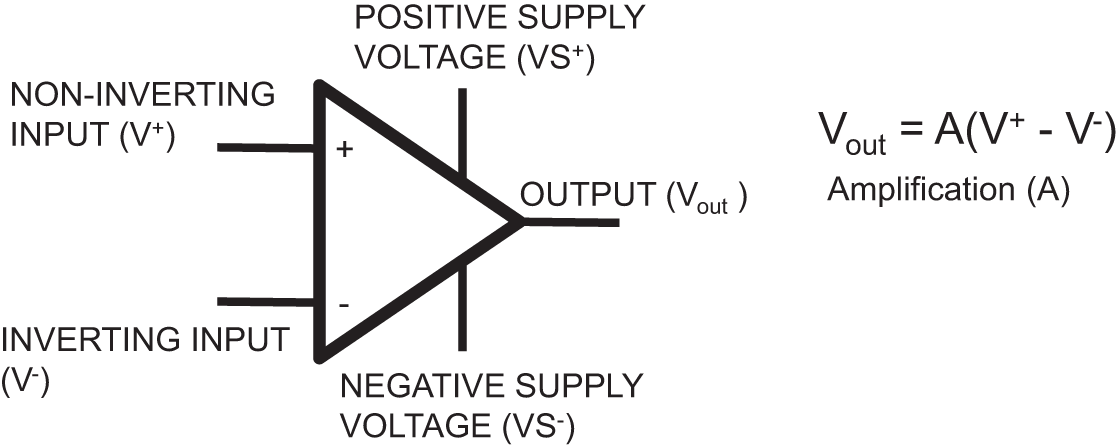A lead wire and voltmeter attached to the electrode allows measurement of the potential relative to a reference point. The reference point is usually a second skin electrode. Signals are then amplified, processed and displayed.
Skeletal and cardiac muscles have higher amplitudes than cerebral neurones. This is because the amplitude of biological potentials is proportional to the number of simultaneously depolarising cells. The frequency of potentials is related to the fluctuating ion activity across cell membranes. Skeletal myocytes which undergo tetany have high frequencies of up to 1 kHz. Conversely, cardiac myocytes have lower frequencies due to their refractory periods. Typical amplitude and frequency ranges for the ECG, electromyogram (EMG) and electroencephalogram (EEG) are shown below.
| Amplitude (mV) | Frequency (Hz) | |
|---|---|---|
| ECG | 0.05–3 | 0.01–150 |
| EMG | 0.001–100 | 50–3000 |
| EEG | 0.001–1 | δ 1–4 |
| θ 4–7 | ||
| α 7–14 | ||
| β 14–60 |
Bioelectric potentials are attenuated as they pass through tissues; a 90 mV ion potential measured at the heart is reduced to 2 mV at the skin. Amplifiers are electronic circuits that increase the voltage of signals prior to further processing and/or display. They contain transistors which are used to amplify signals and are made of semi-conductors such as, silicon, germanium or gallium arsenide. 
The transistor consists of an electron-poor inner layer sandwiched by two electron-rich outer layers (emitter and collector). Introducing impurities such as boron aluminium and gallium to the outer layers by a process called doping increases the conductivity of these regions. An increase in base voltage (e.g. due to a biological potential) increases the electron concentration within the inner layer. This changes the conductivity of the inner layer, allowing modulation of the greater current through the collector, hence amplifying the base signal.
The gain of an amplifier is the ratio of the output voltage or power from the amplifier to the input voltage or power, respectively. The decibel is a logarithmic scale that is used to describe the gain of amplifiers.


The bandwidth of an amplifier describes the range of frequencies over which it functions accurately. Frequency response of an amplifier is a measure of its ability to replicate an enhanced copy of the input signal without distortion of the frequency and phase.
Operational amplifiers are integrated circuits used to amplify the difference between two input signals, known as differential amplification. They comprise several transistors, resistors, capacitors and diodes. A simplified diagram is shown.
The amplifier receives input from two sources (V+ and V−), for example a measuring electrode (V+) and a reference electrode (V−). High input impedance reduces the attenuation of the input signals. It also maximises the voltage difference across the device, which is amplified. Another consequence of the high input impedance is the prevention of excessive leakage currents flowing through the circuit, minimising unwanted signal noise. A positive and negative power supply (VS+ and VS−, respectively), known as a split supply, determines the output voltage of the amplifier. Power supply voltages range from 6 to 18 V.
Signals can be displayed in either analogue or digital form. Processing involves converting a continuous analogue signal to a digital one by sampling the analogue signal at regular intervals.
Fourier analysis breaks down complex waveforms into simpler component sine waves. This allows analysis of the individual components of the signal, such as determining the different waveform frequencies within the EEG, or filtering out noise.
Display of analogue signals most commonly occurs via an integrated electronic monitor, which can exhibit several signals simultaneously. Examples of display devices include oscilloscopes and printers.
Stay updated, free articles. Join our Telegram channel

Full access? Get Clinical Tree






